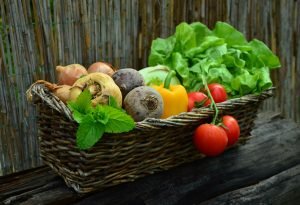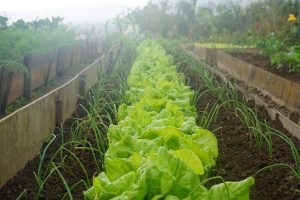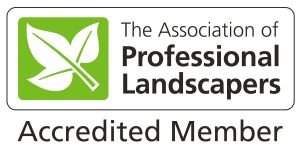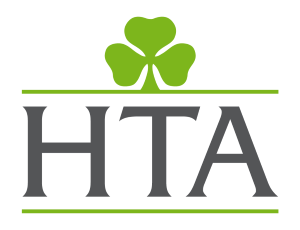
We all know the story of Peter Rabbit stealing lettuces and carrots from Mr McGregor’s garden. For those of us who have grown our own veg, there is nothing more frustrating than discovering that the fruits of our labours have been munched by a fluffy little cotton tail or destroyed by an army of slimy slugs.
Wildlife can, however, be a very welcome visitor to our vegetable gardens and allotments, which in return can provide a perfect habitat for many species.
Let’s start with the basics – soil. The very act of turning over soil, aerating it and enriching it with compost in preparation for planting is bound to attract a friendly robin or two as worms and other small insects are brought to the surface.
Your compost heap itself is a ready-made pantry for worms, woodlice, slow worms, toads and even the odd grass snake – all of whom play a vital role in breaking down everyday household and garden waste to create a rich source of nutrients that will improve the structure and composition of your soil.
By leaving a few broken pots or old roof tiles nearby, you’ll also be providing cool and damp shelter for frogs, toads and beetles as well for the slugs and snails they feed on. Those old seed heads that you’ve tidied up from your herbaceous borders will provide a great source of food for small birds to pick over, even if they take a while to rot down.

Throughout the year nectar-rich flowers attract butterflies, bees, lacewings and hoverflies – many of whom feed on aphids and other pests. Flamboyant squash and courgette flowers alongside bright red runner beans are irresistible to the insects our plants rely on for pollination.
Ladybirds, one of the aphid’s main predators, will love the Chives, Dill and Fennel in your herb garden as well as Calendula and the humble Marigold (Tagetes) that brightens any bed while helping keep pests off your prize veg.

Bees (both honeybees and bumblebees) are perhaps, the most important species of wildlife that we need in our gardens as they pollinate many of the vegetables and all the fruit. So, how do you select the best flowers to attract bees and other pollinators such as hoverflies to your vegetable garden or allotment? The key is to pick flowers that are rich in high-protein pollen and that provide sources of nectar throughout the year. These could include onion and garlic, parsley and carrots. Rather than pulling them all straight up, leave some in the ground to let the flowers fully develop. They may not be the most colourful, but they will be very attractive to pollinators.
So, by attracting wildlife to your vegetable garden not only you and your veg will benefit – the wildlife will too. Just remember to install some decent fencing and netting to keep those bunnies at bay!
New products in the GreenArt shop
We at GreenArt can provide help at any level
From planning a wildlife garden, building hides, constructing ponds and streams, creating paths and planting trees and shrubs.








